Hebrew: חד-שפה מצוי, Arabic: عشبة الدم، عرف الديك
| Scientific name: | Ajuga chamaepitys(L.) Schreber subsp. chia (Schreber) Arcangeli | |
| Scientific name: | Ajuga chia(L.) Schreb. | |
| Common name: | Ground pine, Yellow Bugle | |
| Hebrew name: | חד-שפה מצוי | |
| Arabic name: | عشبة الدم، عرف الديك | |
| Family: | Lamiaceae, שפתניים |
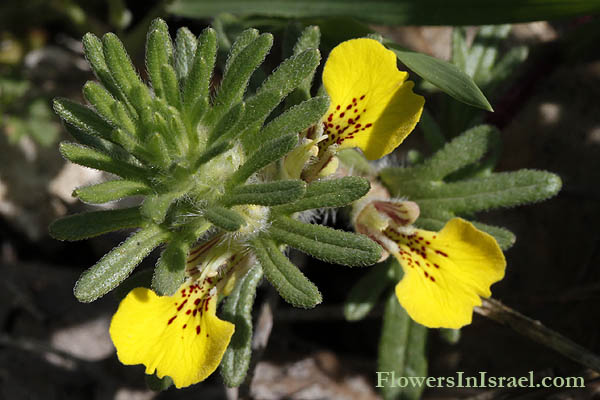
|
| Life form: | Hemicryptophyte | |
| Stems: | Reddish purple four-cornered hairy stem | |
| Leaves: | Opposite, dissected once | |
| Flowers: | Yellow | |
| Flowering Period: | January, February, March, April, May | |
| Habitat: | Batha, Phrygana | |
| Distribution: | Mediterranean Woodlands and Shrublands, Semi-steppe shrublands, Shrub-steppes, Deserts and extreme deserts, Montane vegetation of Mt. Hermon | |
| Chorotype: | Med - Irano-Turanian | |
| Summer shedding: | Perennating |
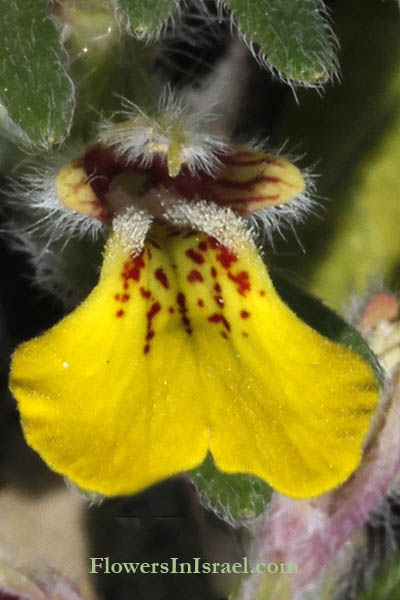
Derivation of the botanical name: Ajuga, from the Greek a "not, without", and Latin iugum, i (iungo) "a yoke," Greek zygon, zygos, "yoke"; an allusion to the fact that the calyx is not divided and is in fact a single petal. chamaepytis, chamae, chamai, χαμαι, "on the ground"; pitys, πιτυϛ, "a pine tree"; dwarf pine. According to Umberto Quattrocchi, it also could be a variant of the old Latin name abiga, ae (abigo "to drive away") applied by Plinius to a plant which has the power of producing abortion to Chamaepitys, ground-pine, a species of Teucrium.
It looks at first sight like a tiny pine tree with a reddish four-cornered, hairy and viscid stem and grows to no more than 20 cm high, often branching from the base, making it easily overlooked. The leaves are up to 4 cm long, divided into three linear lobes which, when crushed, smell of pine needles. Its yellow flowers are like those of a miniature red-dotted snapdragon, in ones or twos up the stem and amongst leaves. Ground pine sheds its shiny black seeds close to the parent plant; remarkably, they can remain alive in the soil for up to 50 years. It was a plant well known to Tudor herbalists who probably exploited the resins contained within the leaves. The herb was formerly regarded almost as a specific in gouty and rheumatic affections, the young tops, dried and reduced to powder being employed. It formed an ingredient of the once famous gout remedy, Portland Powder. It was composed of the leaves of Ajuga Chamaepitys, which have a slightly terebinthinate, not unpleasant smell, and a rough taste, which properties are imparted to diluted alcohol, the leaves and tops of Erythraea Centaureum and Teucrium Chamaedrys, and the roots of Gentiana lutea and Aristolochia rotunda, all in equal parts. Classical Latin has but one word (thus or tus) for all sorts of incense. Libanus, for frankincense, occurs only in the Vulgate. The Romans knew the "ground frankincense" (Pliny), or "ground pine" (Ajuga chamaepitys) as Tus terrae (Tus = frankincense; terrae =ground [Latin], although they called some plant, from its smelling like frankincense, Libanotis, and a kind of Thasian wine, also from its fragrance, Libanios. 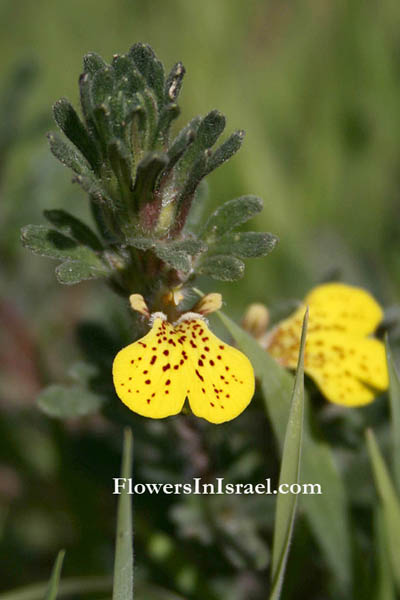
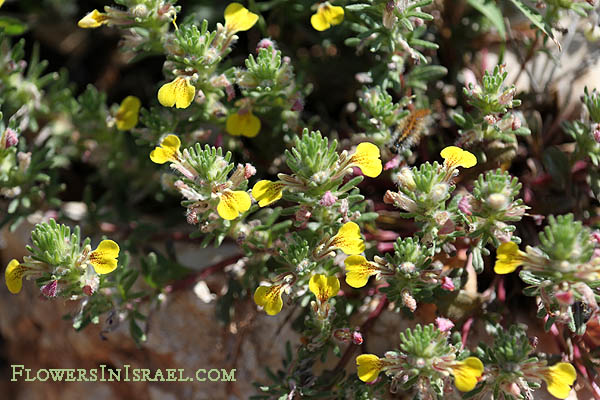
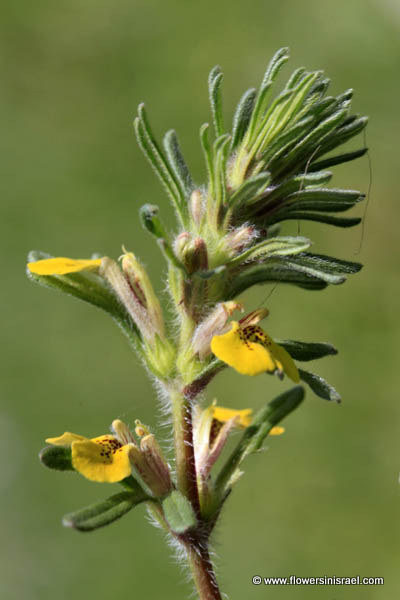
|